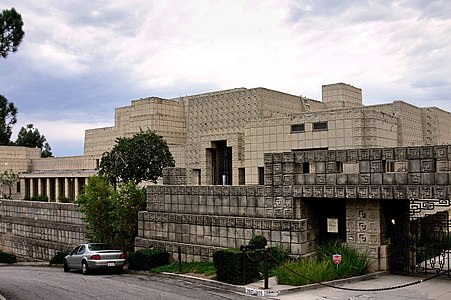
Kenneth Frampton Modern Architecture A Critical History Pdf Family History
Modern Architecture: A Critical History. Modern Architecture: A Critical History (Fourth Edition) (World of Art) [Kenneth Frampton] on Amazon.com. *FREE* shipping on qualifying offers. One of the most.

• • Otero-Pailos, Jorge (2010). University of Minnesota Press. 5: Surplus Experience: Kenneth Frampton and the Subterfuges of Bourgeois Taste • Kenneth Frampton interview, Datutop 18, 1996. La Biennale di Venezia. Retrieved 2018-04-19. Retrieved 2017-12-18.
Download farming simulator 15 pc repack free. Architecture Scope. Retrieved 2017-12-18. Retrieved 2017-12-18. External links [ ] Wikimedia Commons has media related to.
• • Extensive detail about Frampton's design in Bayswater, London • Frampton in conversation with Carlos Brillembourg.
Abstract In connection with the publication of Kenneth Frampton’s A Genealogy of Modern Architecture: Comparative Critical Analysis of Built Form, Thomas McQuillan conducted an interview in March of 2016 with Frampton to discuss the book’s background and the implications publication has for contemporary architecture. The book consists of close comparative analyses of 28 modern buildings, two by two, in order to interrogate their spatial, constructive, envelopmental, and programmatic characteristics. Prefaced by a synoptic note, with a highly concentrated exposition of the history of modern architecture, and building on his reading of Arendt’s The Human Condition, the book seeks the meaning of architecture in the tectonic — the way it is built — in more than just the spaces it affords and the images that it projects. Frampton shares the history of his ideas on tectonics and the fragility of the modern project in today’s neoliberal climate. About Kenneth Frampton Kenneth Frampton is the Ware Professor of Architecture at the Graduate School of Architecture, Planning, and Preservation at Columbia University and a leading voice in the history of modernist architecture. In the 1970s, he was instrumental in the development of the Institute for Architecture and Urban Studies in New York and a co-founding editor of its magazine Oppositions. His essay ‘Towards a Critical Regionalism’ of 1983 was seminal in defining architectural thought throughout the 1980s, and his Modern Architecture: A Critical History (1980; revised 1985, and 2007) and Studies in Tectonic Culture ( ) are cornerstones of his work.